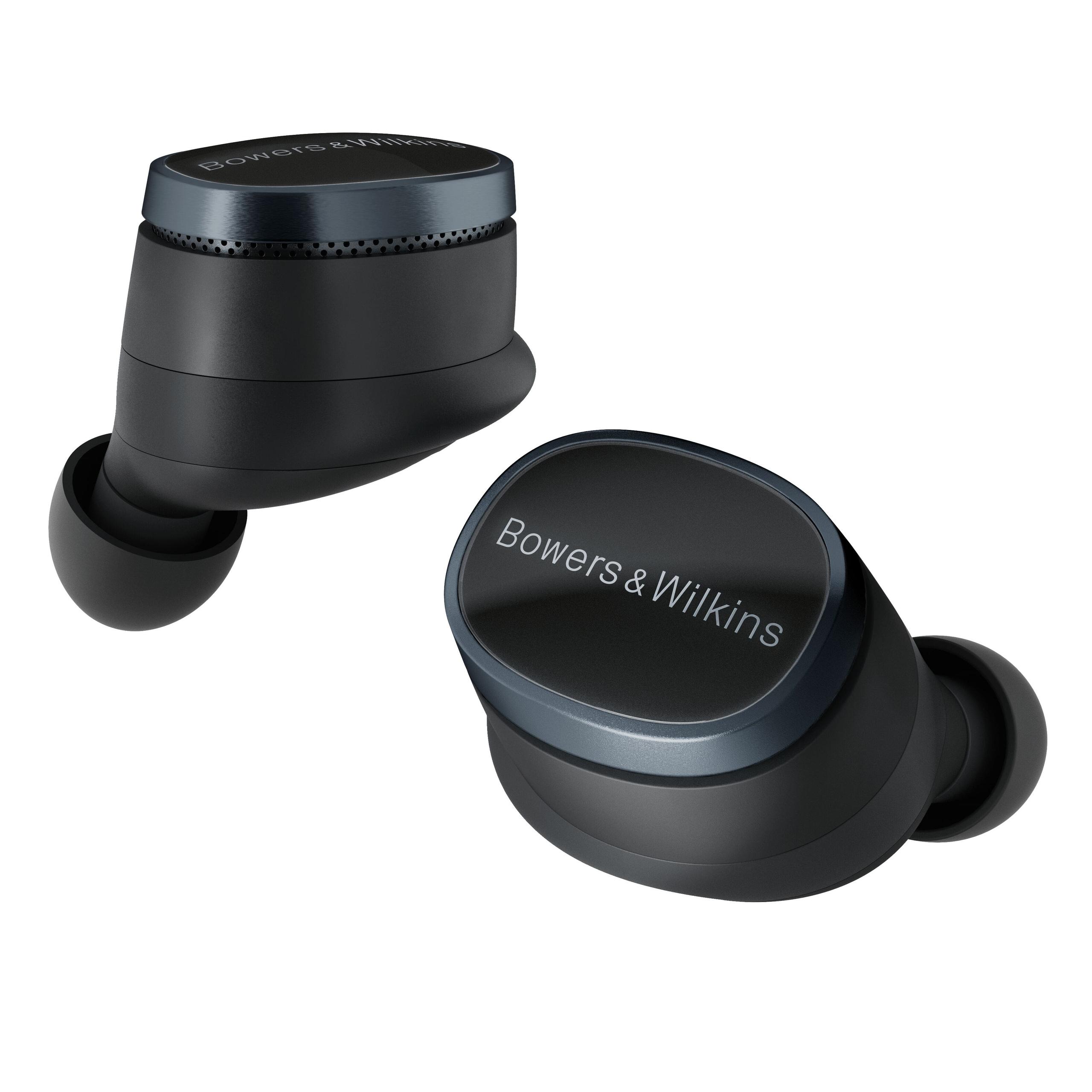
When Bowers & Wilkins Pi8 ($399) and Pi6 ($249) launched in late 2023, they entered a competitive market where features like active noise cancellation and high-resolution audio had become standard expectations. But what makes these particular earbuds special, and more importantly, which one should you choose?
Let's break down everything you need to know about these premium earbuds, with a focus on what actually matters for everyday use and enjoyment.
Both the Pi8 and Pi6 represent significant improvements over their predecessors, with B&W implementing new driver technologies and wireless standards. Here's what's changed and why it matters:
The Pi8 features 12mm Carbon Cone drivers - the same technology used in B&W's high-end over-ear headphones. These drivers are incredibly rigid yet lightweight, which helps them produce clearer, more detailed sound with less distortion. Think of it like the difference between a paper cone and a carbon fiber cone - the carbon fiber stays more precise in its movement, resulting in more accurate sound.
The Pi6 uses Bio-cellulose drivers instead, which while excellent, don't quite match the Pi8's precision. However, in my testing, most listeners would be hard-pressed to notice the difference unless doing direct A/B comparisons.
Both support Bluetooth 5.4, but the Pi8 adds aptX Lossless support (think CD-quality wireless audio) while the Pi6 tops out at aptX Adaptive (still very good, but not quite lossless). For most streaming services and everyday listening, this difference isn't crucial.
Both models feature active noise cancellation (ANC) using three microphones per earbud. They monitor external noise and create inverse sound waves to cancel it out - like two ocean waves meeting and flattening each other out. The Pi8's implementation is slightly more sophisticated, but both are highly effective for commuting or office use.
Interestingly, the less expensive Pi6 actually offers better battery life: 8 hours per charge versus the Pi8's 6.5 hours. With their cases, total playtime extends to 24 hours for the Pi6 and 20 hours for the Pi8. Both support fast charging via USB-C, giving you about 2 hours of playback from a 15-minute charge.
Both models come with four sizes of ear tips, and B&W has improved the ergonomics compared to previous generations. The Pi8 and Pi6 share the same basic shell design, which sits comfortably in most ears without causing fatigue during long listening sessions. I've worn both during 6-hour workdays without issue.
The Pi8's standout feature is its wireless retransmission case - you can plug it into an airplane's entertainment system or any audio source, and it will wirelessly transmit that audio to your earbuds. It's a unique feature that frequent travelers might appreciate.
For home theater use, the Pi8's retransmission case and lower latency make it the better choice. You can connect the case directly to your TV or receiver, and the aptX Lossless support ensures you get the best possible audio quality. The Pi6 can still work well for TV watching, but you'll need to connect directly via Bluetooth, which might introduce slightly more latency (that slight delay between video and audio).
The Pi8 and Pi6 present an interesting choice. The Pi8 offers:
While the Pi6 provides:
After spending considerable time with both models, I believe the Pi6 represents the sweet spot for most users. It delivers exceptional performance at a more reasonable price point. However, if you're the type of person who always wants the best and can appreciate the subtle improvements, the Pi8 won't disappoint.
Remember, both models represent significant improvements over previous generations, with better fit, improved battery life, and more refined sound. Your choice ultimately comes down to how much you value those last few percentage points of performance versus saving some money for minimal compromise.
| Bowers & Wilkins Pi8 ($399) | Bowers & Wilkins Pi6 ($249) |
|---|---|
| Driver Technology - Determines audio clarity and detail | |
| 12mm Carbon Cone (exceptional detail, worth it for audiophiles) | 12mm Bio-cellulose (excellent but slightly less refined) |
| Audio Resolution - Impacts maximum sound quality potential | |
| 32-bit, aptX Lossless (noticeable for high-res audio sources) | 24-bit, aptX Adaptive (more than adequate for streaming) |
| Battery Life - Critical for all-day use | |
| 6.5h + 13.5h case (shorter but sufficient) | 8h + 16h case (better for heavy users) |
| EQ Customization - Affects ability to tune sound to preference | |
| 5-band EQ (precise control) | 2-band EQ (basic but functional) |
| Special Features - Additional functionality | |
| Wireless retransmission case (great for travel/TV) | Standard charging case |
| Noise Cancellation - Important for commuting/office use | |
| Advanced ANC (slightly better) | Standard ANC (still very effective) |
| Value Proposition - Overall bang for buck | |
| Premium price for ultimate performance | Better value, 80% of Pi8 performance at 60% of cost |
The Bowers & Wilkins Pi8 ($399) is superior for TV use thanks to its wireless retransmission case, which allows direct connection to your TV with minimal latency. The Pi6 ($249) still works for TV but relies on standard Bluetooth connection.
We've done our best to create useful and informative comparisons to help you decide what product to buy. Our research uses advanced automated methods to create this comparison and perfection is not possible - please contact us for corrections or questions. These are the sites we've researched in the creation of this article: techradar.com - thetechnovore.com - youtube.com - youtube.com - audioadvice.com - audioholics.com - avnirvana.com - bowerswilkins.com - audioholics.com - digitaltrends.com - stuff.tv - bowerswilkins.com - youtube.com - tomsguide.com - bowerswilkins.com - audio46.com - crutchfield.com - baybloorradio.com - skybygramophone.com - nfm.com - ofinet.es - bowerswilkins.com